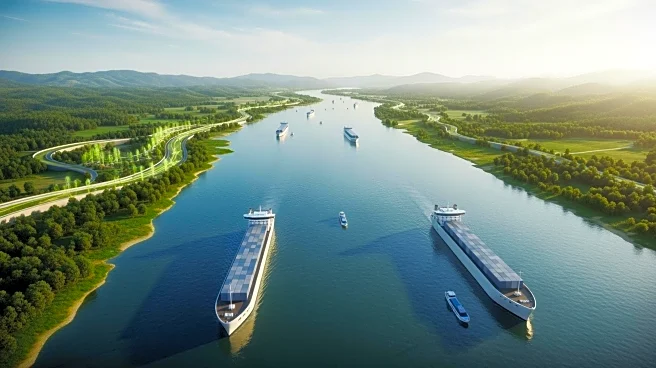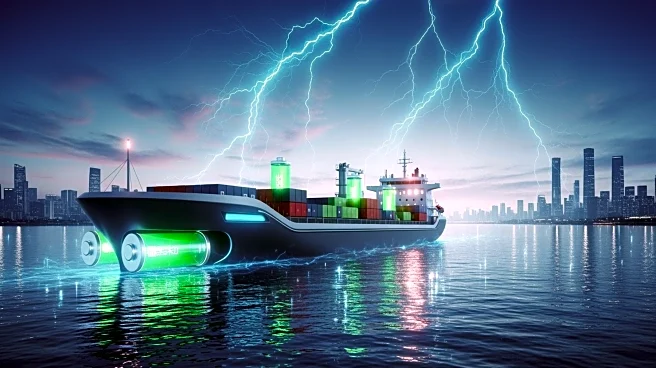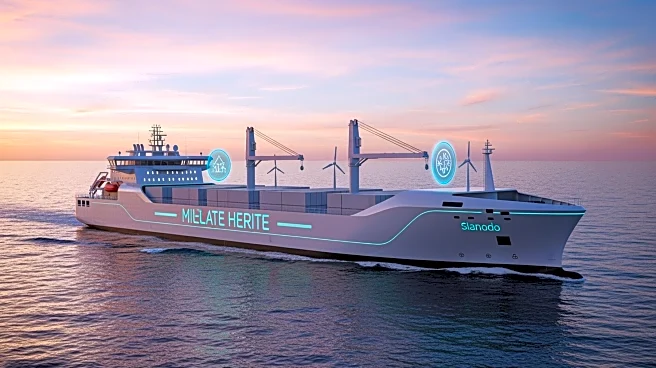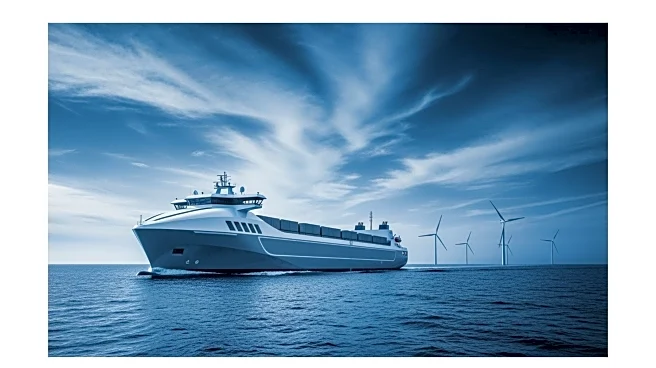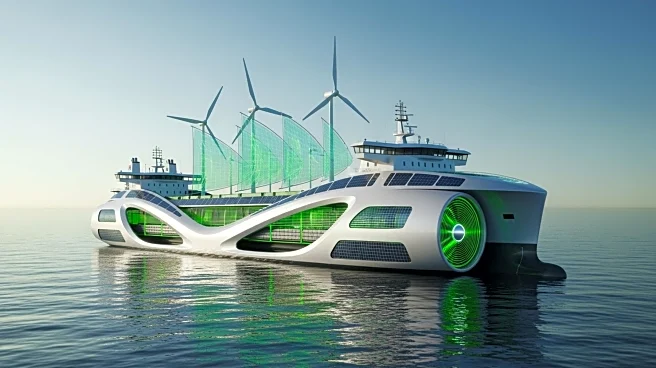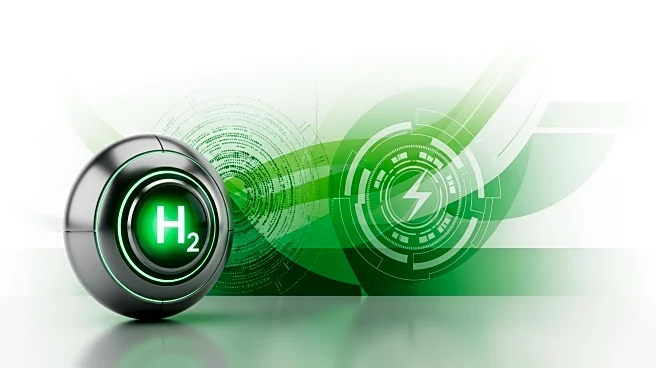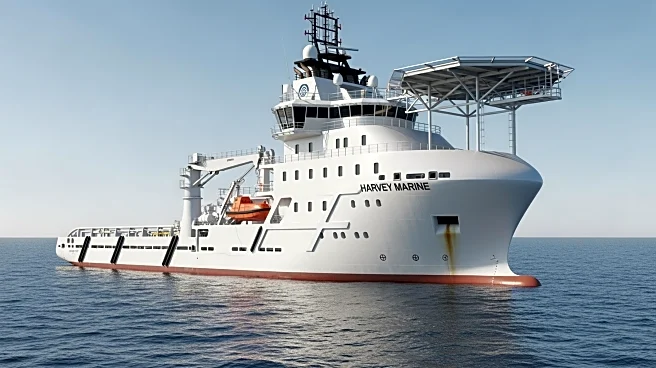What's Happening?
The Yangtze River is becoming the world's largest electrified trade corridor with the launch of the Gezhouba, a 13,000-ton all-electric bulk carrier. This vessel, equipped with 24 MWh of containerized
lithium battery modules, can transport cargo approximately 500 km on a single charge. The electrification of the Yangtze River is part of a broader initiative to replace diesel power with electric systems in ports, making them energy hubs that integrate renewable electricity.
Why It's Important?
The electrification of the Yangtze River represents a significant shift towards sustainable shipping practices, reducing reliance on fossil fuels and decreasing emissions. This development could set a precedent for other major trade corridors worldwide, promoting cleaner energy use in the shipping industry. The transition to electric power in ports and vessels could lead to economic benefits, such as reduced operational costs and enhanced energy efficiency.
What's Next?
As the infrastructure for electric shipping expands, more ports along the Yangtze and other global trade routes are expected to adopt similar electrification measures. This could lead to increased investment in renewable energy and battery technology, further accelerating the shift towards sustainable maritime transport. Stakeholders, including shipbuilders, utilities, and port authorities, will need to collaborate to address challenges such as standardizing battery modules and expanding the supply chain for necessary components.
Beyond the Headlines
The electrification of the Yangtze River corridor highlights the potential for ports to become integral parts of regional energy systems, balancing supply and demand for electricity. This transformation could influence global shipping patterns, as ports evolve from mere cargo transfer points to energy hubs. The shift also aligns with broader trends in reducing carbon footprints and adapting to changing energy landscapes.
